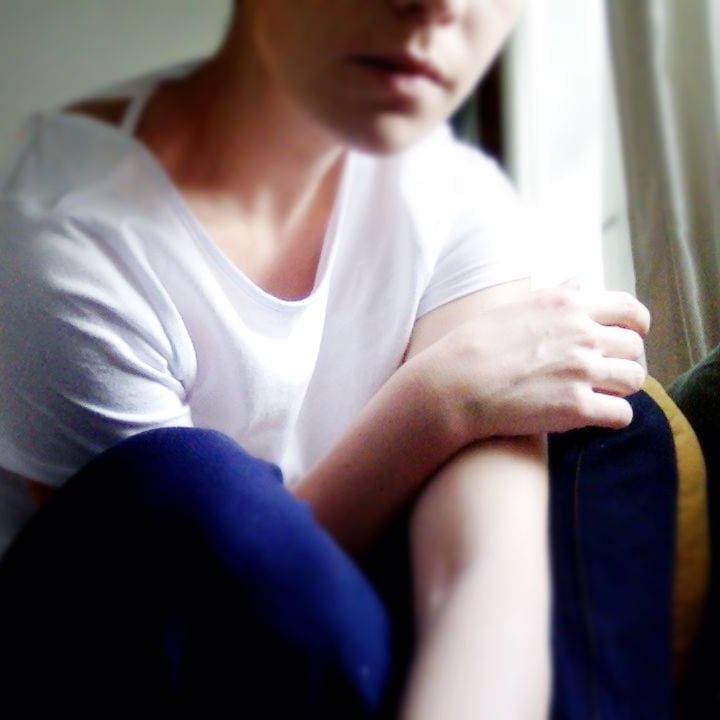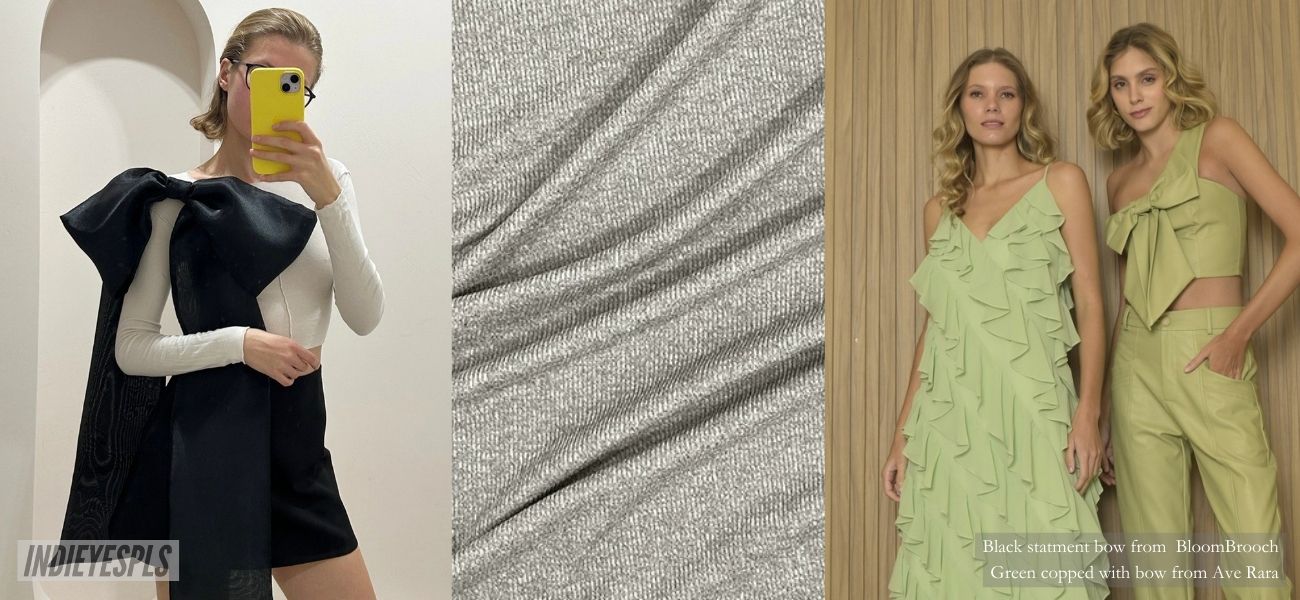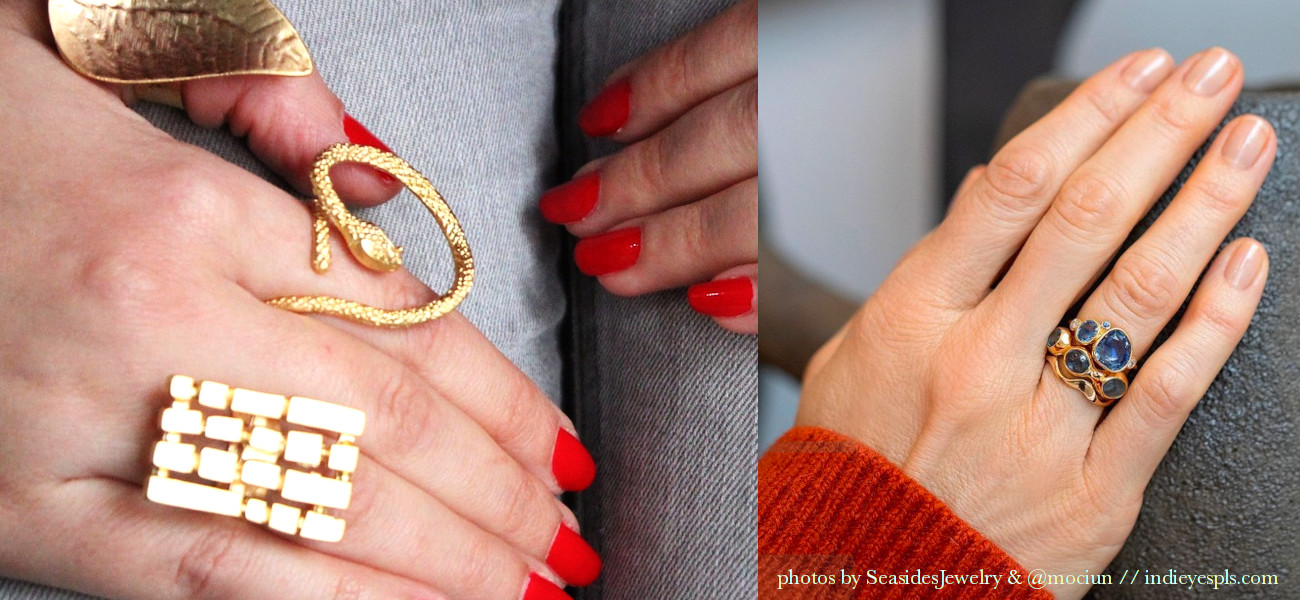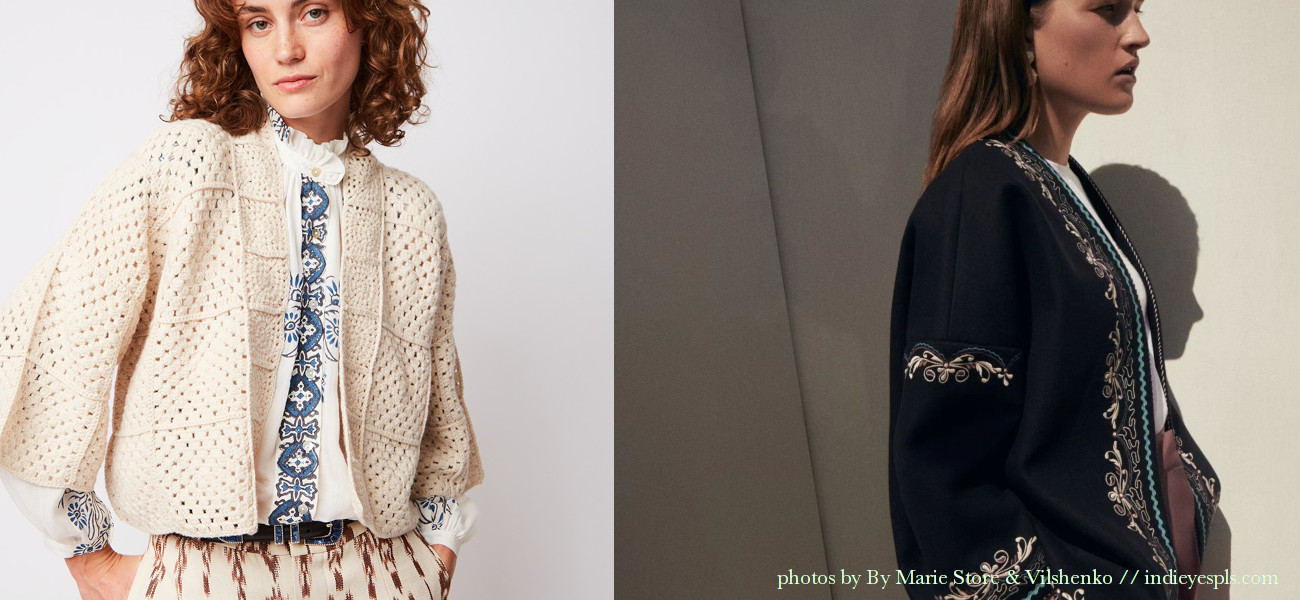The Evolution of Gothic Fashion – From Punk to Post-Punk and Beyond

Hero: Post-punk girl band Savages
Goth fashion continues to thrive and evolve. It is a subculture that has influenced fashion, music, and culture for many generations.
The style combines elements from punk rock, Gothic and Victorian romanticism. These influences are apparent in the clothing and makeup that people wear.
Goth style is attractive even today to many young people around the globe. Even those who would never wear it, find it interesting and mysterious. On the other hand, traditionalists may read many negative connotations from that type of fashion, and may even feel threatened by it. Where do you stand on this topic? How gothic are you? Take a quiz and find out!
Early Punk Scene and Origins of Goth Fashion
The origins of goth fashion can be traced back to the mid-1980s when punk rock and dark clothing styles merged to form a unique subculture built on rebellion and self-expression. This new style was characterized by dark colors, distressed clothing, and heavy makeup.
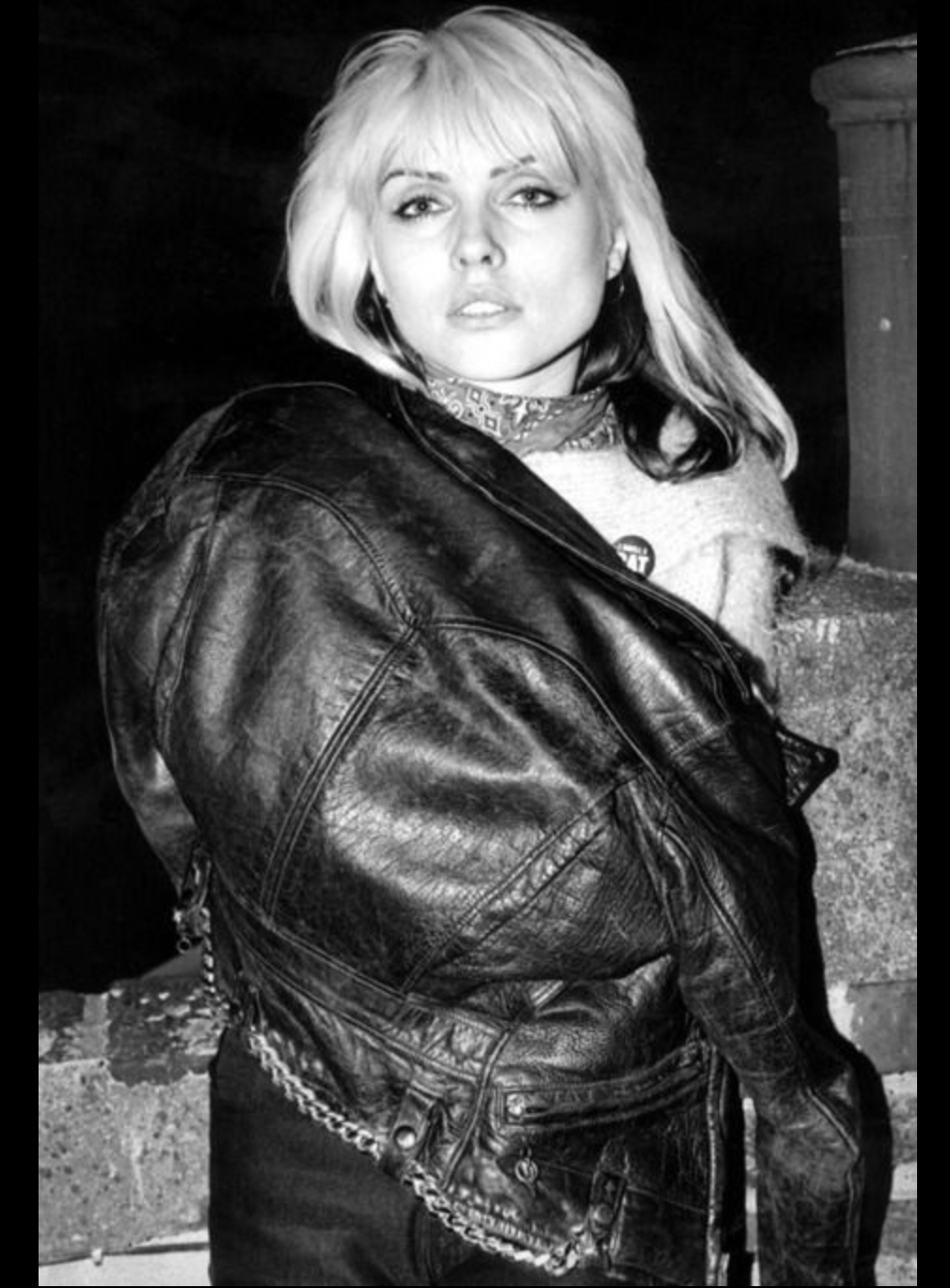
Debbie Harry from Blondie. In the early days, punk, rock and disco were all one subculture and often played in the same venue.
During this time, young people were drawn to the anti-establishment attitude of punk rock and its individualistic ethos. This led to the development of a dark subculture that combined gothic literature and the darker aspects of Victorian and Edwardian culture with punk music.

Siouxsie
In the United Kingdom, the first wave of goth bands began to emerge in the late 1970s and early 1980s. These bands were influenced by gothic literature and horror movies. Some of the most influential goth bands include Bauhaus, Siouxsie and the Banshees, The Cure, and Joy Division.
The first goth bands incorporated references to horror films and eerie vocals into their songs. They also wore long, flowing dresses and used heavy eyeliner.
Many of these bands were inspired by the music of Bauhaus, a band that released their 1979 single, “Bela Lugosi’s Dead.” The band’s use of gothic elements and dark themes is what led to the development of the style that is now known as goth.
The original goth look was influenced by Bauhaus’s music and the dark and mysterious aesthetic of gothic literature. The style has since evolved into a number of subcultures and has become an important part of alternative music and fashion.

Development of Post-Punk Style and Subculture
The post-punk era was an exciting time for music and fashion. This was a time where punk bands melded their DIY style with sophistication to create an eclectic genre that became more popular in the 1990s than it had ever been before.
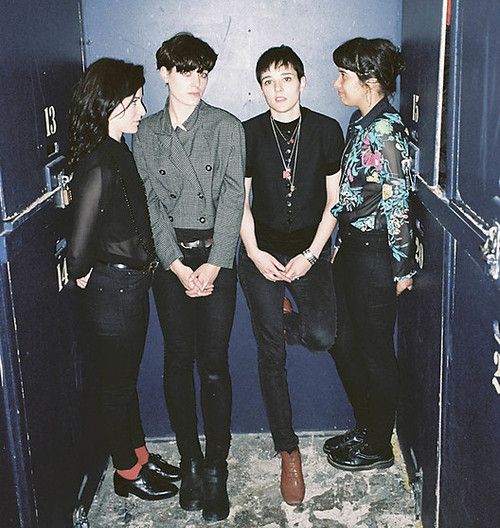
Post-punk girl band Savages
Another aspect of post-punk style was the focus on feminine empowerment and feminism. This was a way for punks to reject societal norms and take on their own gender identity.
This was also a time when many punks had piercings, tattoos and other forms of body modification. This was a way for them to express their anger and frustration at the society they lived in.
These types of clothing and accessories were often paired with heavy makeup and dark eyeshadows. They also wore long hair that was teased or spiky.
The goth style is a darker variant of the punk style. It is characterized by torn and distressed clothing, black makeup, and a focus on horror themes. It is influenced by bands such as Alien Sex Fiend, The Damned, Specimen, Christian Death and Siouxsie and the Banshees.

Alien Sex Fiend
The emergence of cyber-goth style and subculture is also a sign of the evolution of goth fashion. It is a form of fashion that takes inspiration from the internet, video games and other technology. This style is usually associated with a scene that is similar to emo. The main difference is that it has a more childish feel to it. This can be a way for people to show their personality and have fun while they are in a group.
Evolution from Punk to Gothic Rock Music
Goth rock is a genre of music and darke that emerged from the punk and post-punk music scenes in the 1980s. It is characterized by dark themes and non-conformism, incorporating a variety of musical elements to create a unique style.
The genre has several sub-genres, including Gothic Rock, Deathrock, Dark Wave, and Ethereal Wave. Each of these styles has its own unique characteristics and a distinct set of songs.
Gothic Rock is a type of rock music that is based on dark themes and melancholic feelings. It is known for its haunting melodies and powerful bass sound. It also features lyrics about unrequited love, death, spiritual uncertainty, and other esoteric subjects.
Gothic Rock focuses on lyrical themes that reflect Gothic literature and mythology. These include motifs of ghosts, vampires, witches, and demons.

It also features heavy drums and guitar distortion. The genre has a wide range of styles, from slow and melancholic to fast and aggressive.
Gothic Rock is a style of music that can be heard all over the world today. It has been a major influence on popular music for years and continues to grow in popularity. It is a genre that many people enjoy listening to, especially in times of adversity. It is also a great way to relax and relieve stress.
The Embracing of Neo-Gothic Trends in the 21st Century
Neo-Gothic trends have risen again in the 21st century and are being embraced by both the fashion industry and popular culture. These trends are influenced by a wide range of styles and cultures, and they are designed to challenge the norms of what people consider to be “fashionable”.
The Gothic style of architecture originated in the middle ages, but it did not become widely used until the Victorian era. This was a period in which a number of important developments occurred, including the emergence of Romantic literature and the development of classicism as a movement.
As the Gothic style was a form of architecture that was suited to Christian ritualistic worship, it was naturally favored by religious institutions and incorporated elements such as stained glass and crenelations. These features have remained important elements in the style of architecture today and have been seen in modern churches and residential homes.
Many modern rock bands feature songs that have been influenced by Gothic music. The Gothic rock scene has spawned numerous fashion trends, including the “Lolita” look. This style is characterized by dark clothing and makeup that are meant to evoke feelings of awe and mystery.
While this type of costume can be seen in popular culture, the underlying message is a negative one. It is believed that this style of fashion reflects the fears and anxieties of growing up in an age of social inequality.
Final Words
Gothic fashion has come a long way since its origins in punk rock. Today, the style embraces a wide variety of influences from both punk and post-punk subcultures, featuring clothing that is dark, edgy, and dramatic. Make a statement or just find something fun to wear on Halloween, and explore the dark and mysterious world of Gothic fashion.

